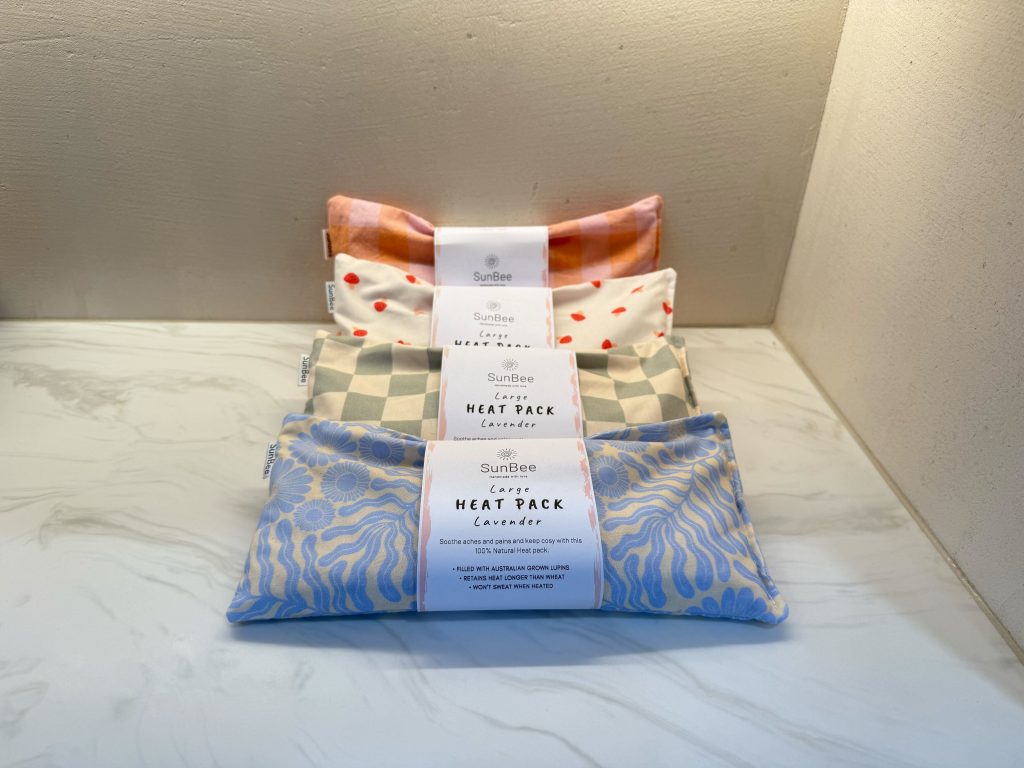Injury Prevention: How accurate can we be?
Injury prevention is an athlete's dream - Imagine being able to do what we love - exercise, sport, outdoor activities - without injury. How can we achieve this? Read on to find out…! read more

The Science Behind Heat Therapy
When you apply heat to an area, it works by increasing blood flow, relaxing tight muscles, and soothing stiff joints. Heat also speeds up cellular metabolism, which can promote healing and reduce inflammation in subacute or chronic injuries.
The application of heat is a non-pharmacological/non-invasive treatment approach that involves the application of a heat source to the body. The application of heat activates temperature sensitive nerve endings (thermoreceptors), which initiates signals that block the processing of pain signals (nociception). Additionally, the pressure used to apply heat packs, such as heat wraps, may activate the nerve endings that detect changes in tissue pressure and movement (proprioceptors), when activated the proprioceptors block the transmission of pain signals to the spinal cord and the brain.

Pain Types
Pain that lasts less than 3-6 months. Heat can help relax the area and reduce muscle spasms once the initial swelling has gone down (usually after the first 48 hours post injury).
Persistent pain that lasts more than 6 months. For those ongoing niggles, like arthritis or prolonged injuries, regular heat therapy can ease stiffness and get you moving better with less discomfort.
How to Use a Heat Pack Safely
When Should You Reach for a Heat Pack?
Stiff neck or back after a long day at the desk? Heat can help loosen things up. Injuries acting up when the weather changes? A heat pack can help alleviate those niggles. Feeling tense before a workout? Gentle warmth can prepare your muscles for movement
A Tip: Pair heat therapy with gentle movement, stretching, or your osteopath’s advice for the best results. It’s all about supporting your body’s natural healing process.
Are you ready to give it a go? Check out our heat packs available on our online shop HERE

Written by Dr. Orianne Kondos
(Registered Osteopath)
Injury prevention is an athlete's dream - Imagine being able to do what we love - exercise, sport, outdoor activities - without injury. How can we achieve this? Read on to find out…! read more
The body’s aim is to remain balanced. The official term for this is allostasis: the ability we have to maintain stability through an ever changing environment. It is not just the external environment we need to ...
read moreThe importance of keeping physically active!
One too many times I’ve heard, both in my professional and personal life, the age-old story “I used t... read moreOur modern society and the advancements of technology have led most of us towards a more sedentary lifestyle. Throughout the COVID-19 lockdown, the majority of the population were getting up out of bed, walking to the lounge room/study/kitchen table, sitt...
read moreLet’s talk about one of the most functional, but prone to injury areas in the human body, the shoulder complex.
Shoulder Anatomy
The shoulder is comprised of three bo...
read moreChronic pain syndrome is a complex multifactorial disease that affects 1 in 5 Australians over the age of 45. It is the third largest disease burden (surpassed by cancer and cardiovascular disease), and costs approximately ...
read moreIn recent years, cardiovascular diseases have become a leading cause of morbidity and mortality worldwide. Among the numerous factors contributing to these conditions, LDL cholesterol has gained significant attention. LDL, or ...
read moreAs we all know, our lives right now are quite stressful as we try to deal with the containment of COVID-19. Things are happening now that have never happened in some people’s lifetimes which can be scary and confronting. It’s normal to be anxious abou...
read more
Share this news article online